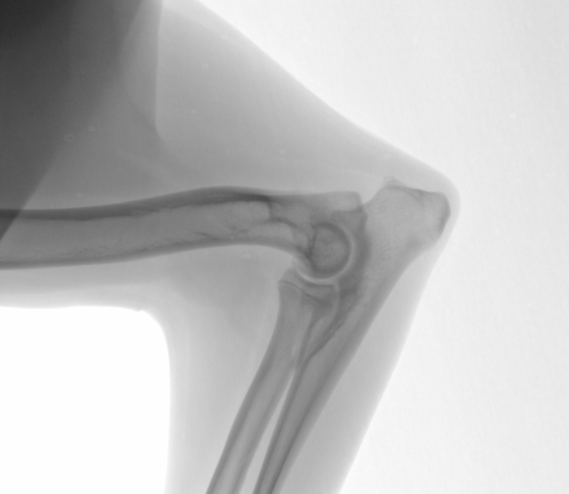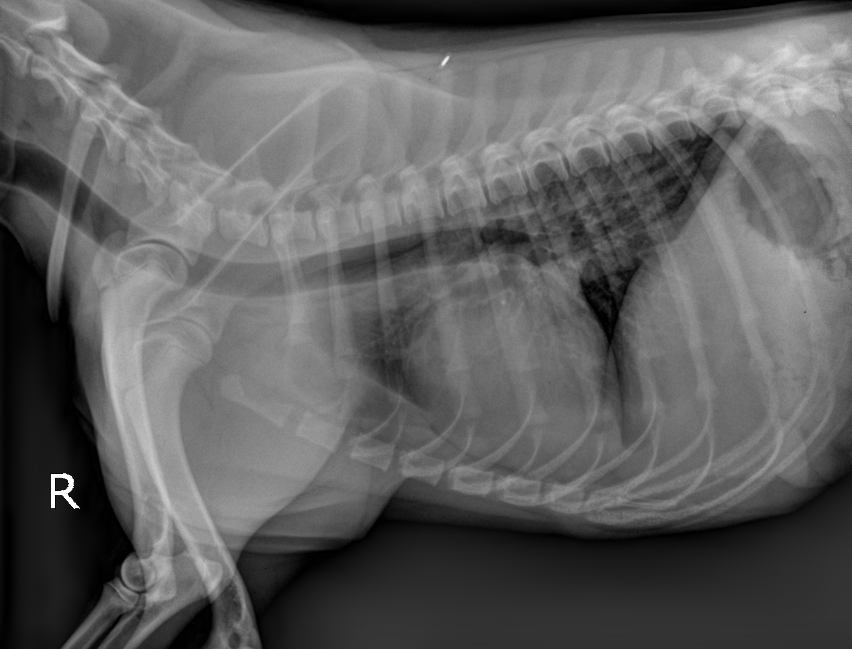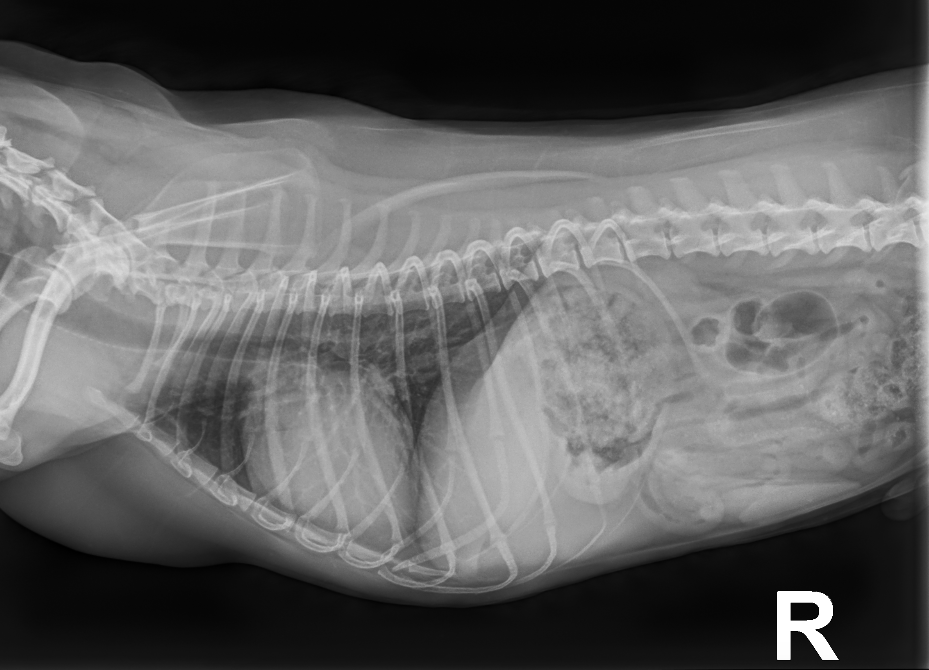Radiosynoviorthesis
Learn about Radiosynoviorthesis
What is Radiosynoviorthesis?

An inflamed painful joint, is a common problem seen in veterinary patients. Therapy of an inflamed joint may consist of local treatment, surgical treatment, systemic treatment or a combination thereof. Radiosynoviorthesis (RSO) refers to a technique used to restore the synovia (joint fluid) by the local application of radioactive agents. In many cases of osteoarthritis, the main cause of pain and discomfort is underlying synovitis (inflammation of the synovial membrane). The goal of RSO is to improve the patient's quality of life through the reduction of pain, improvement of mobility and preservation of function. Nuclear medicine is a specialized area of radiology that uses very small amounts of radioactive materials and includes RSO.
Tin-117m Treatment for Canine Elbow Osteoarthritis
Tin-117m (a radioisotope of tin) may be used as a radiosynoviorthesis agent in canine elbows. This device is administered as a single intra-articular injection into the canine elbow. A patient may be treated unilaterally or bilaterally. Sedation or anesthesia of the patient is recommended for treatment. The pet is discharged on the same day as treatment once recovered from sedation.
How Treatment for Canine Elbow Osteoarthritis Works
Radiosynoviorthesis requires a carefully placed injection directly into the joint space.
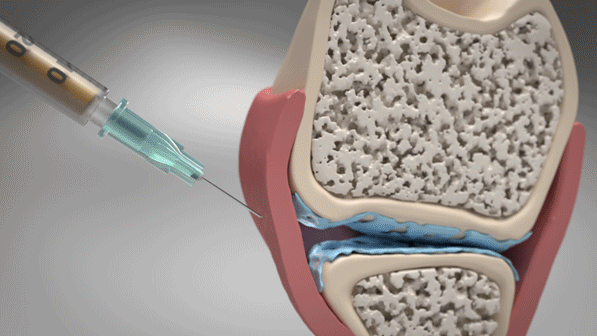
Macrophages and synovial cells phagocytize (engulf) the molecules containing the radioisotope leading to precision delivery of radiation to the inflamed synovial membrane.
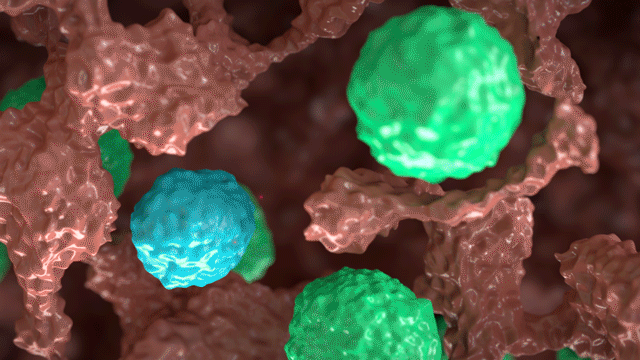
Do Pet Owners Need to be Concerned about Radioactivity in Their Dog?
Special precautions by the pet family need to be adhered to following the treatment. This includes not sleeping next to the pet dog for two to six weeks following therapy depending on the size of the dog and whether one or two elbows are treated.
After Care
Following tin-117m treatment, there is no need for exercise restriction and the pet can return to normal activity.
What Dogs Are Eligible for Elbow Radiosynoviorthesis Treatment?

Eligibility for tin-117m RSO includes:
- Dogs of any breed and older than one-year of age
- Elbow joints only
- Grade 1 (or higher) radiographic evidence of elbow osteoarthritis
- Exclusion criteria includes: pregnancy, elbow neoplasia, septic arthritis
Consultation and Appointment Information
To request an appointment, please contact the Veterinary Clinical Trials Network by email (preferred) or telephone.

